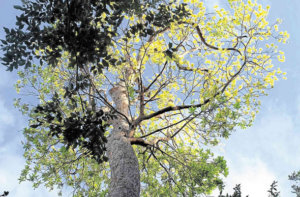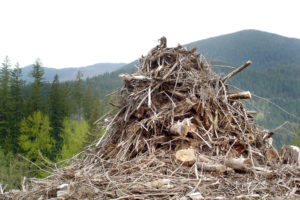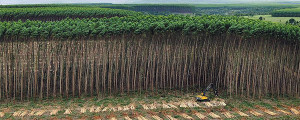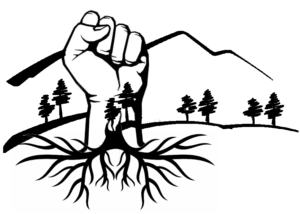
Bagoadlau, the hardest and densest of all local ironwoods
Giant pandas, Philippine eagles, African elephants and Bengal tigers are not the only species facing extinction. Some trees found only in the Philippines are, too.
Widespread logging, the indiscriminate conversion of primary forests into commercial plantations, housing developments, infrastructure projects and the steady march of climate change have all combined to push a number of native tree species to the brink of extinction.
Helping make sure that the Philippines will not lose these endemic trees vital to maintaining biodiversity is Energy Development Corp. (EDC), the renewable energy unit of the Lopez group of companies, through its groundbreaking Binhi (seed) program.
 But a cadre of scientists and policy activists are now pushing back, saying that biomass energy rests on deceptive accounting. Rather than being carbon neutral, biomass is liquidating millions of tons of irreplaceable carbon stocks in the midst of a climate crisis already out of control.
But a cadre of scientists and policy activists are now pushing back, saying that biomass energy rests on deceptive accounting. Rather than being carbon neutral, biomass is liquidating millions of tons of irreplaceable carbon stocks in the midst of a climate crisis already out of control.

Harvesting the wood… NOT sustainable – NOT Green Photo Credit: World Rainforest Movement
 Trump is waging a war on both communities and the environment. The forests of the U.S. are going to be hit hard at the hands of Trump and his ultra-right wing band of robber barons.
Trump is waging a war on both communities and the environment. The forests of the U.S. are going to be hit hard at the hands of Trump and his ultra-right wing band of robber barons.
At the same time, the forest protection movement in this country has fragmented and communication amongst us has quieted since its height in the 1990s.
With this in mind, we have reached a critical moment for the movement for forest protection in the U.S.
These combinations of factors are leading many in the movement to begin conversations about regenerating and unifying forest protection efforts across North America. That is what we plan to discuss at a workshop at the 2017 Heartwood Forest Council in May.




